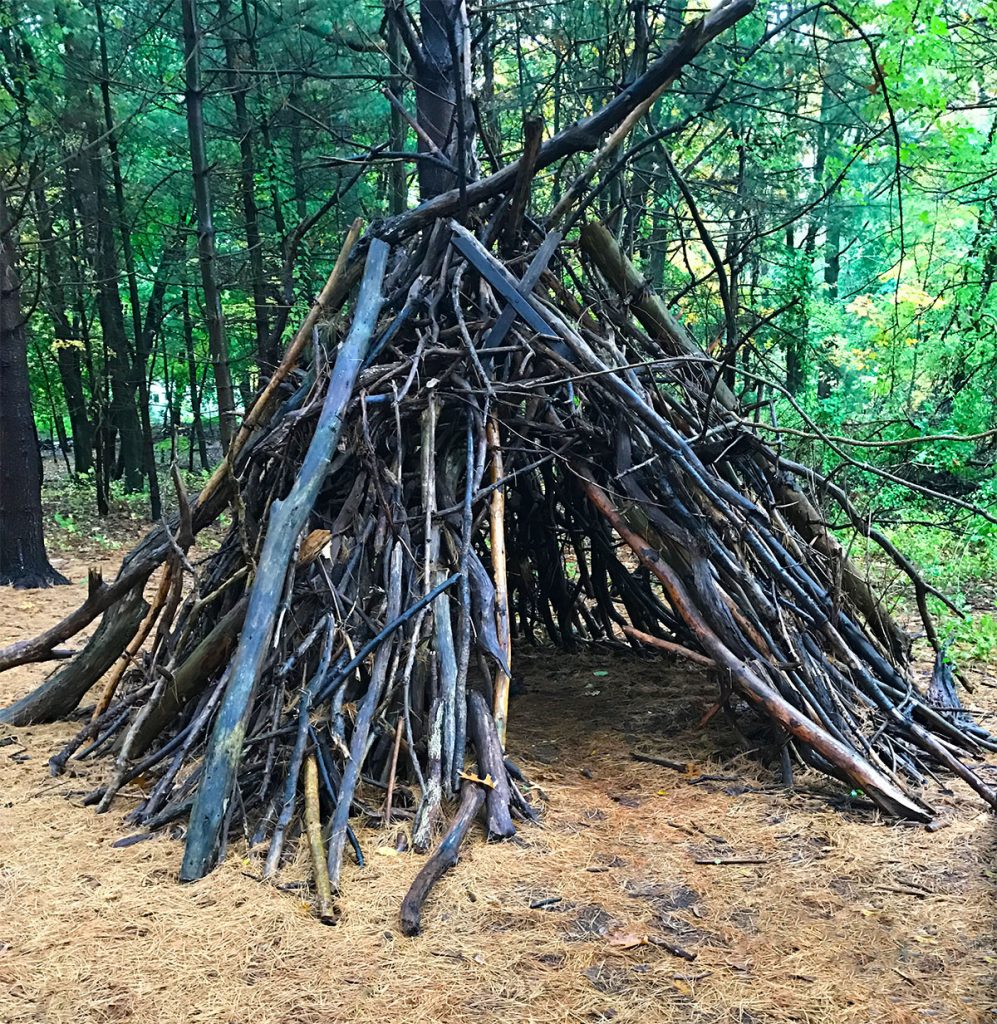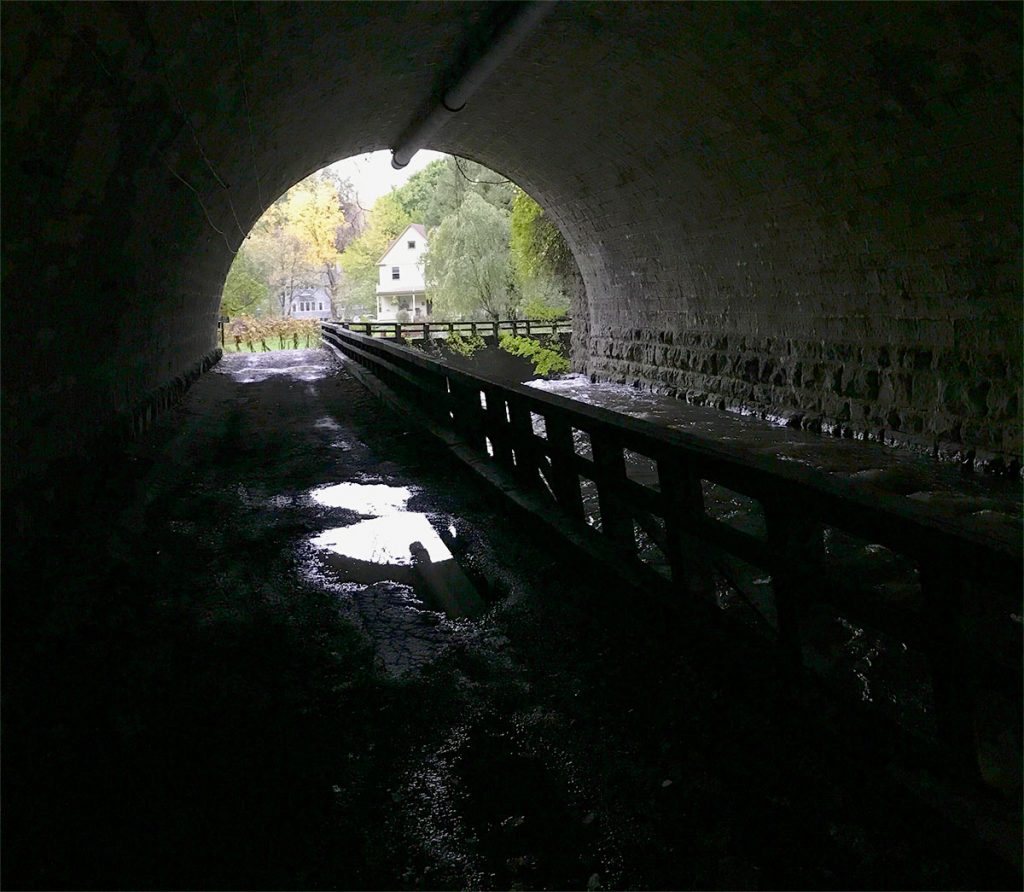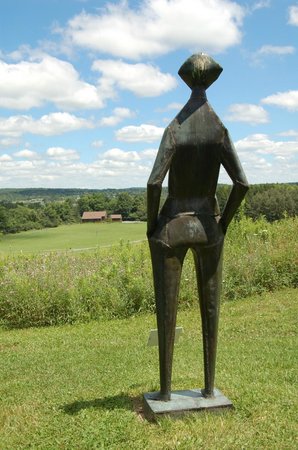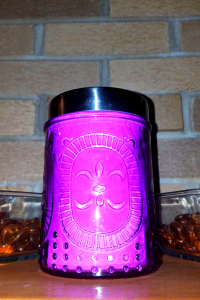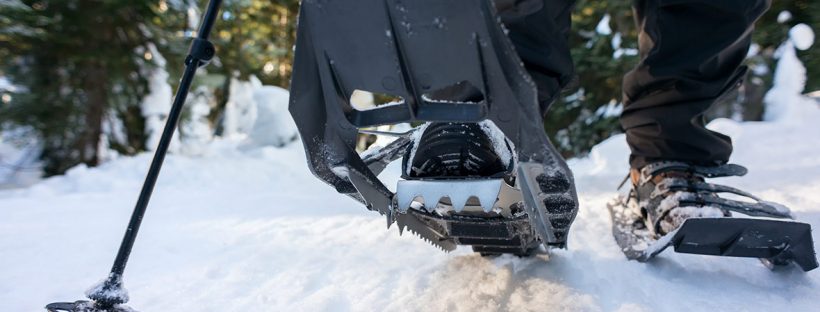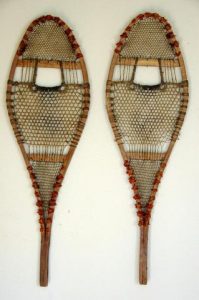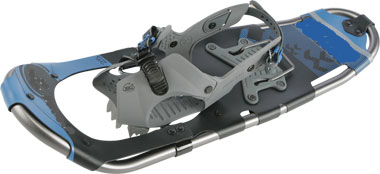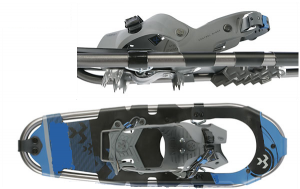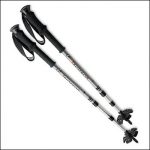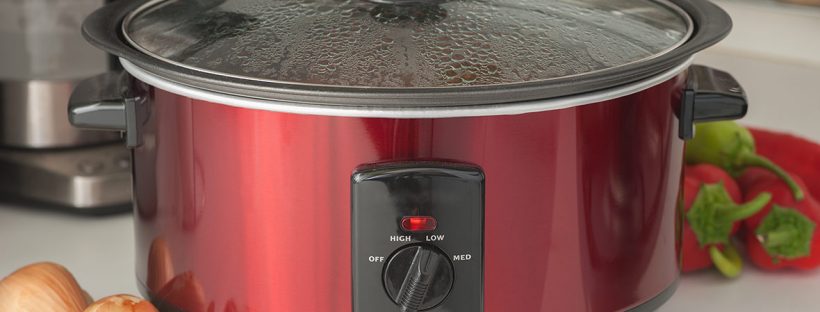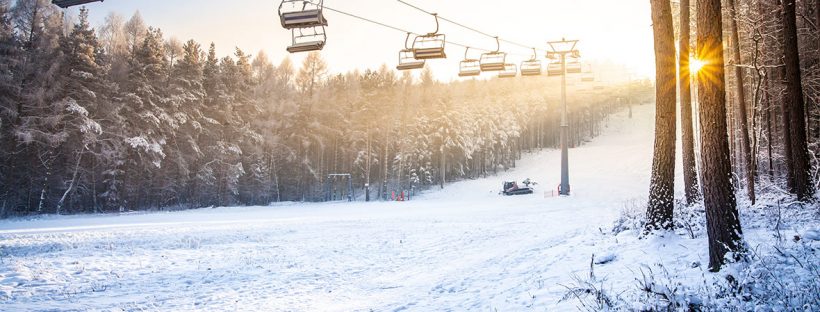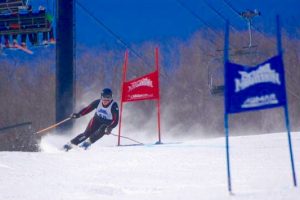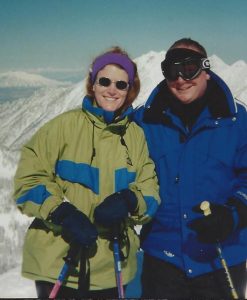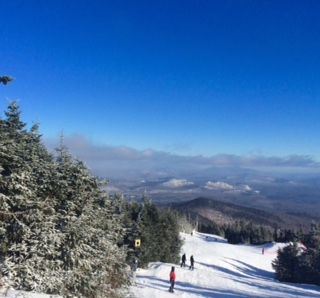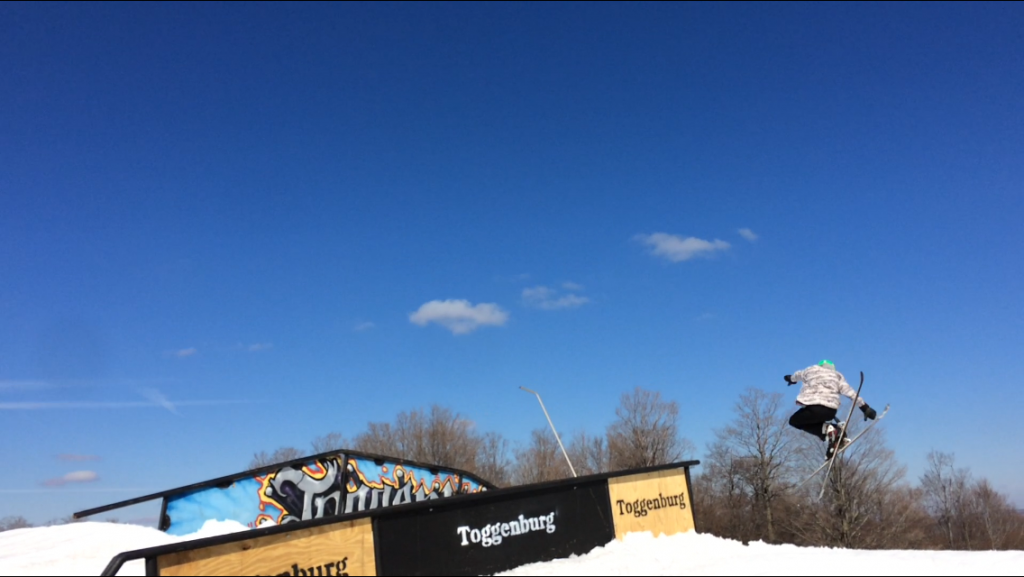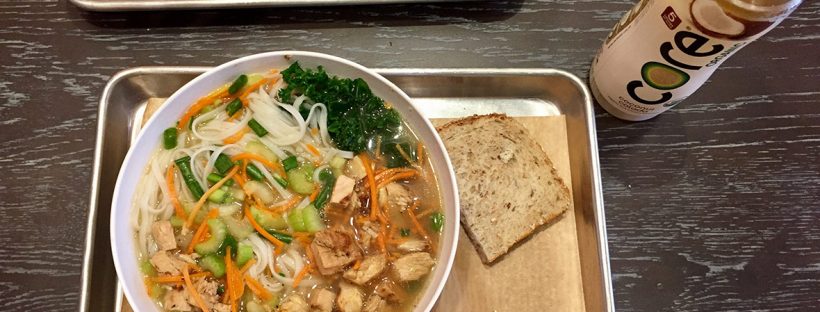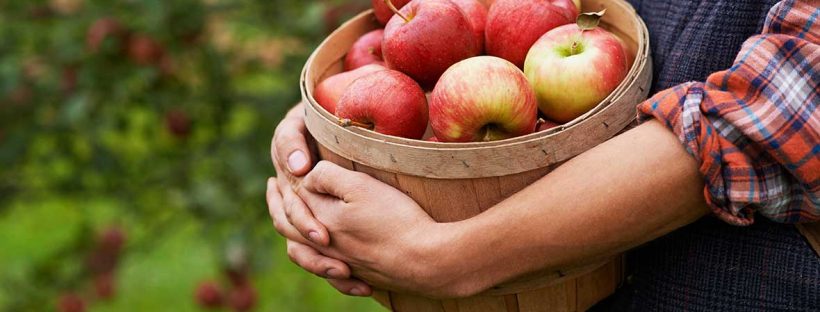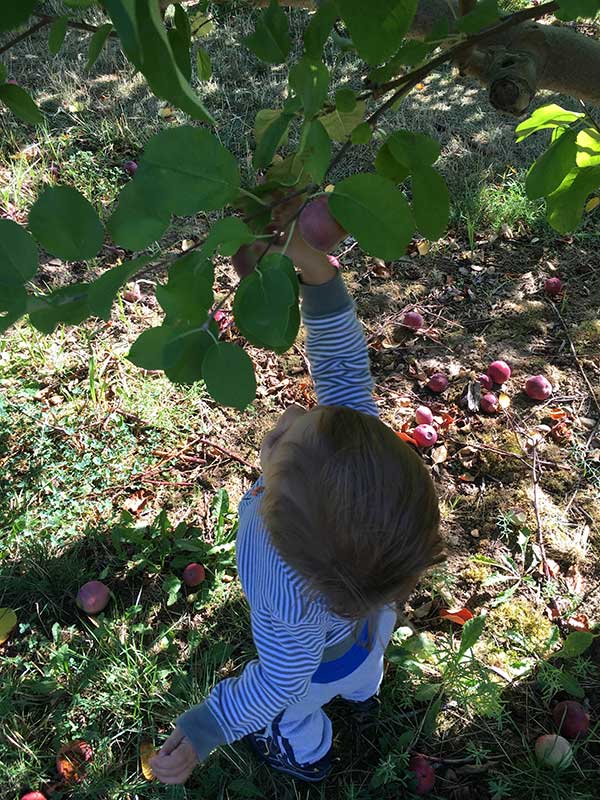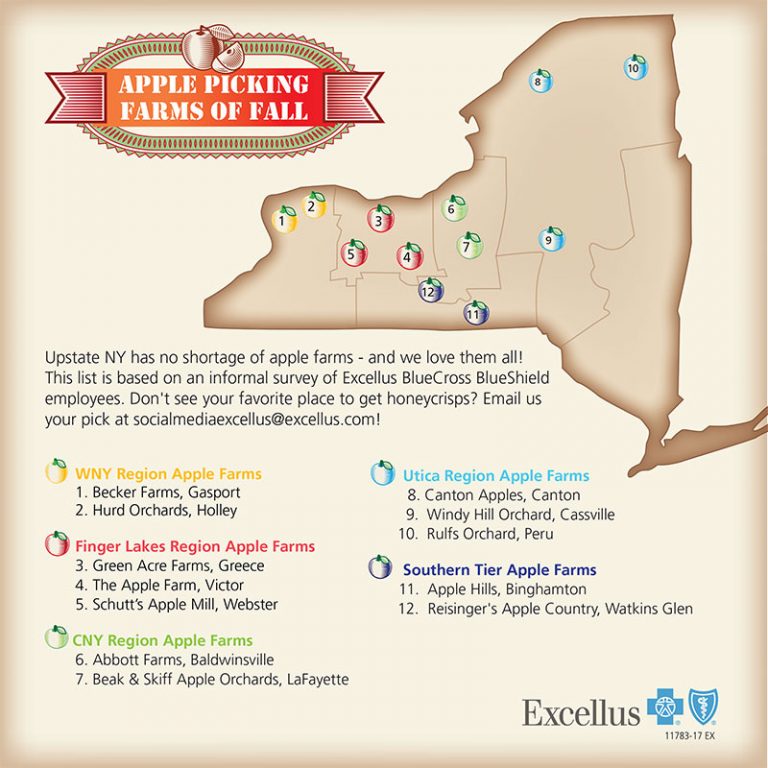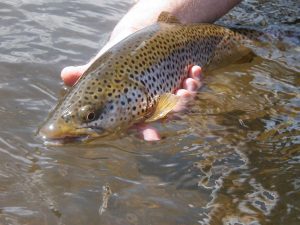God bless the Crock-Pot. Yes, it’s that cauldron-type electronic countertop cooking device made of inch-thick ceramics and a heavy glass top that your grandmother may describe a bit more literally as a “slow cooker.”
I know not one person who has used one and been disappointed. If you are among the uninitiated, let me tell you something: Crock-Pots don’t just make easy, delicious meals. They enhance marriages. They preserve sanity. They feed hungry children.
How do I know this? First, I am a married, 47-year-old father of two children, ages 7 and 8. My wife and I work full-time in different cities and, up until very recently, my wife worked multiple 12-hour shifts at a hospital 90 minutes away from our home, which meant that I would essentially be a married-but-single parent for multiple days every week.
Second, after I graduated from college many years ago and was searching for a job in my field, I took a job as a prep cook as a stop-gap measure and was soon “promoted” to line cook after only a few weeks. That stop-gap job turned into the better part of two years. So, I cooked. I cooked A LOT. I was not content in staying at my parents’ house, so I worked double shifts and weekends between three different restaurant locations to pay my rent and bills. I had steaks and pasta and chicken coming out of my ears. Fast-forward 20 some-odd years – I don’t cook as much anymore. In fact, I rarely cook, and when I do, it’s usually out of necessity. And frankly, I don’t WANT to cook at all.
Third, as I mentioned , my wife and I have two small children. They go to school in the morning and, more often than I’d like, occasionally come home at the end of the day with their lunchboxes, the contents of which are only half-eaten or virtually untouched.
Me: “Why didn’t you eat your lunch today?”
Them: “I didn’t have time.”
M: “You had a lunch hour today, didn’t you?”
T: “Yes.”
M: “Then how did you not have time to eat a sandwich and an apple?”
T: “I was talking to my friends and forgot to eat.”
Now, it’s close to 6 p.m. on a weeknight, my wife’s out of town for the day, I had a busy day at work and I’m tired, I don’t want to cook, and the kids and I are hungry. Enter Crock-Pot.
I take my coat off and see a note on the kitchen counter. It’s from my loving wife.
It says, “Dinner’s in the crock.”
Time stands still for a moment as I soak in the meaning of this message. Not only is my wife’s greatness confirmed, but my kids and I can enjoy a delicious meal in little more than the amount of time it’ll take me to put it on a plate and serve it.
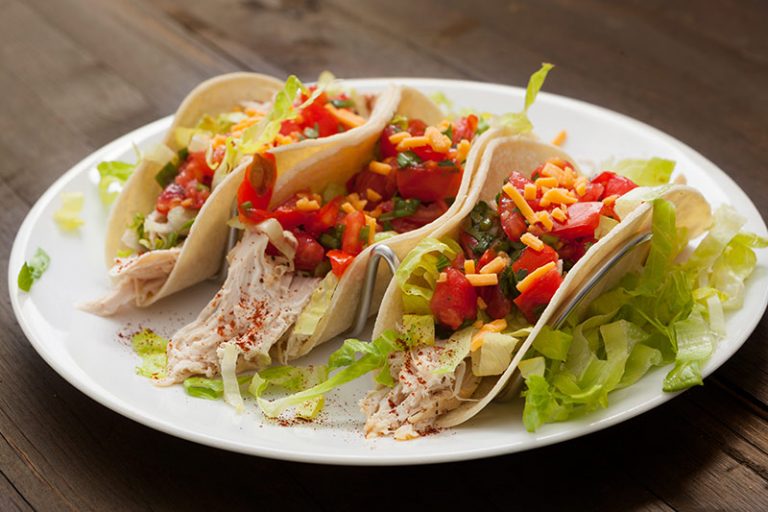
It only takes minutes of prep work to create chicken tacos in a Crock-Pot
My wife created all of this foodborne happiness in less than five minutes. Before she left the house that morning, she emptied a package of four raw chicken breasts into the crockpot, along with one jar of sliced pepperoncini peppers with the juice, and set the crockpot to cook on low for 6 hours.
The only prep that needed to be done when I got home is to pull apart the chicken (it will come apart just like slow-roasted pork) and serve it in a tortilla with toppings, such as diced tomatoes, lettuce, sour cream or olives. The kids, especially, need their vegetables, so I often pair these soft tacos with a side of steamed broccoli (available in steamable bags, such as SteamFresh by Bird’s Eye, found in the frozen section of the supermarket) and a quick and delicious dinner is done.
We often take things a step further by preparing Crock-Pot meals even further ahead of time – by freezing them in gallon Ziploc bags for future chow-downs.
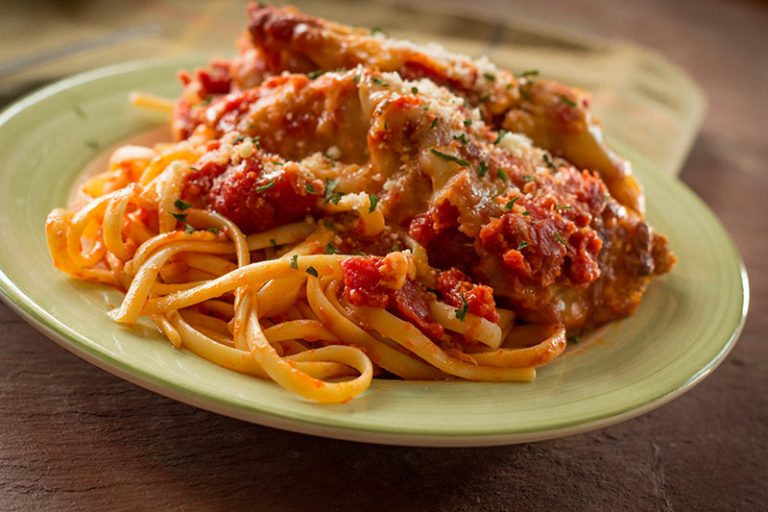
Chicken parmesan can be prepared in advance and served over pasta
For instance, just last night, we enjoyed a chicken parmesan pasta dish that was prepped months ago. To prepare, I diced three to four chicken breasts up into medium-sized chunks, threw them in a bag with our favorite tomato sauce, and put the bag into the freezer. Yesterday morning, my wife took the bag out of the freezer and put the contents into the crock (on low for 5 hours). Last night, when we got home, all we had to do was boil some bowtie pasta, drain and ladle on the chicken and sauce, and sprinkle with grated parmesan cheese.
Although the two examples I used were chicken recipes, crockpots can be used for just about any meats, vegetables, fish, soups, sauces, and even cocktails (yes, Google “Crocktails”)! And these days, slow cookers come in many different sizes (4 qt. – 8.5 qt.), shapes and configurations (timers, locking lids for portability, digital displays, etc.) and they’re relatively inexpensive ($30-$80). So save your sanity and your marriage, while feeding your family, with some really easy cooking done Crock-Pot style.



